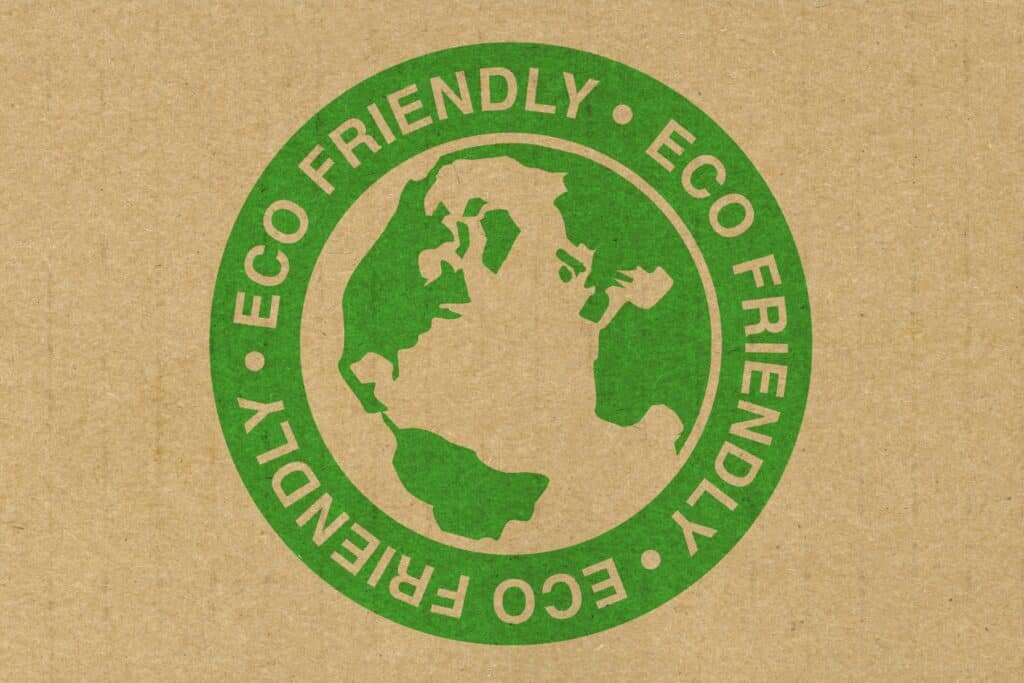Going Green: Eco-Friendly Solutions for Medical Waste Management

As the healthcare industry grows, so does the volume of medical waste generated. Proper management of medical waste is essential for the safety of healthcare workers and the community and environmental sustainability. This blog post will discuss eco-friendly practices and innovative technologies in medical waste management, highlighting the importance of reducing waste, minimizing environmental impact, and promoting a greener future for healthcare facilities.
Understanding the Environmental Impact of Medical Waste:
Medical waste, such as discarded medications, contaminated materials, and disposable medical equipment, can have a significant environmental impact if not managed properly. It can contaminate soil, water sources, and ecosystems, posing human and animal health risks. Recognizing the environmental consequences of medical waste is the first step toward implementing sustainable waste management practices.
Reducing Waste Generation:
One of the critical principles of eco-friendly medical waste management is waste reduction. Healthcare facilities can adopt strategies to minimize waste generation, such as implementing inventory control systems to prevent overstocking supplies, promoting digital documentation and communication, and implementing recycling programs for materials like paper, plastics, and packaging.
Safe Handling and Segregation:
Proper handling and segregation of medical waste are crucial to ensure its safe disposal and reduce environmental impact. Healthcare facilities should implement clear guidelines for waste segregation, including separate containers for different types of waste. It ensures that recyclable materials, hazardous waste, and general medical waste are appropriately separated, allowing for proper treatment and disposal.
Innovative Technologies for Waste Treatment:
Advancements in technology have led to the development of innovative solutions for medical waste treatment. These technologies aim to reduce the volume of waste, minimize its environmental impact, and recover valuable resources. Examples include autoclaving, microwave treatment, and plasma gasification. Healthcare facilities can explore these technologies to improve waste management practices and contribute to a greener future.
Collaboration and Partnerships:
Achieving eco-friendly medical waste management requires collaboration and partnerships with waste management companies prioritizing sustainability. Working together, healthcare facilities and providers can implement comprehensive waste management plans, ensure compliance with regulations, and explore sustainable disposal options.
Educating and Engaging Staff:
Educating and engaging healthcare staff in eco-friendly practices is crucial for sustainable medical waste management success. Training programs should raise awareness about waste reduction strategies, proper waste segregation, and eco-friendly alternatives. In addition, staff involvement and participation are essential for creating a culture of sustainability within healthcare facilities.
Conclusion:
Healthcare facilities can significantly reduce their environmental impact in medical waste management by adopting eco-friendly practices and leveraging innovative technologies. We can create a greener future for healthcare through waste reduction, proper handling, and collaboration with sustainable waste management providers. Together, let’s prioritize environmental sustainability and make a positive impact on both human health and the planet we call home.
References:
https://www.who.int/publications/i/item/9789241548564
https://www.epa.gov/hw/waste-management-healthcare-facilities
https://www.hercenter.org/uploads/8/5/8/1/85814930/hertoolkit.pdf






